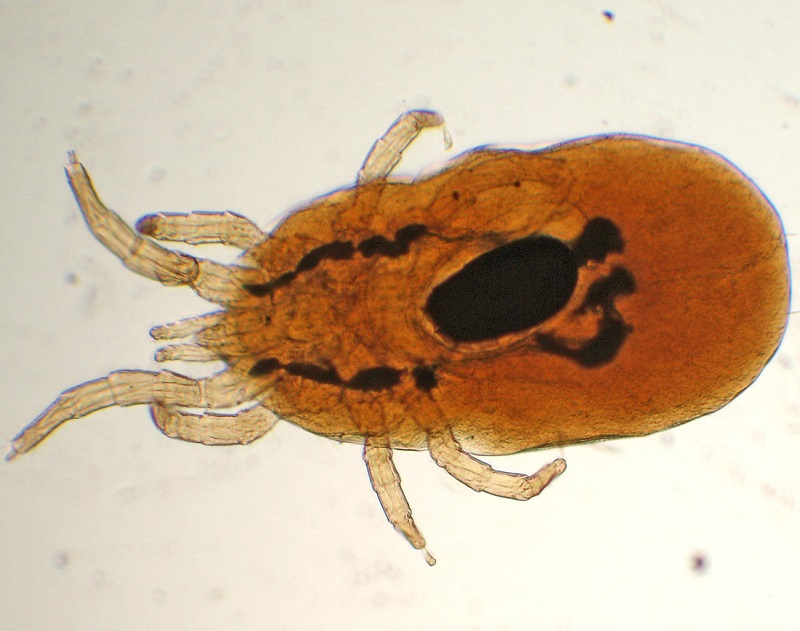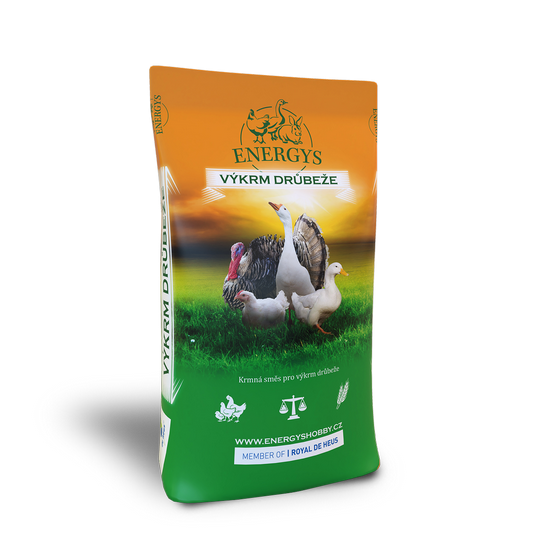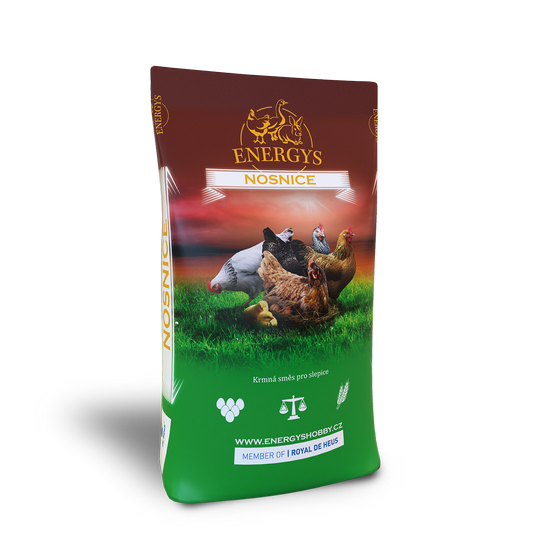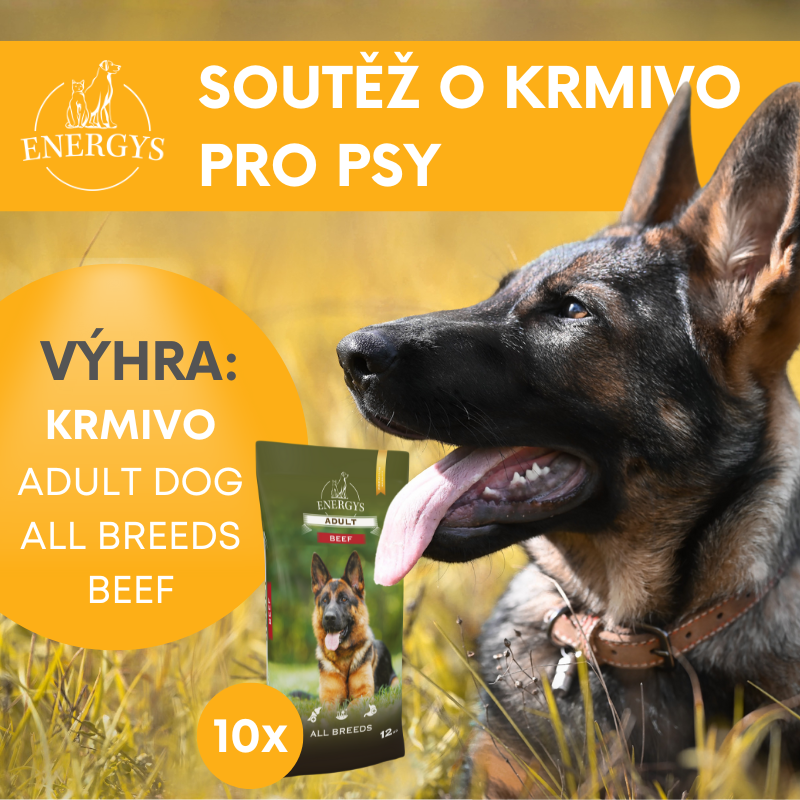How to deal with bumblebees in hens
The health of your hens is one of the most important things you should look after in your breeding. If a flock is lacking something or has a health problem, it will show up in a drop in laying or a change in behaviour. One such situation is an infestation of bumblebees. How do you identify and banish this parasite from the lives of your feathered friends?
Little creature, big pity
 The chicken bumblebee is no giant, but it can still do some serious damage. It is an exoparasite mite, 0.5 – 2 mm in size, living on the surface of the host’s body. If found, one hen can have up to 25,000 bumblebees in her feathers in a heavy infestation! However, bumblebees do not remain permanently in the feathers of hens because they are light-hungry. Most often they hide in the cracks of the henhouse during the day and go out to feed for a few hours at night. They then lay eggs in their hiding places, which hatch into larvae that can cause you big problems in the future.
The chicken bumblebee is no giant, but it can still do some serious damage. It is an exoparasite mite, 0.5 – 2 mm in size, living on the surface of the host’s body. If found, one hen can have up to 25,000 bumblebees in her feathers in a heavy infestation! However, bumblebees do not remain permanently in the feathers of hens because they are light-hungry. Most often they hide in the cracks of the henhouse during the day and go out to feed for a few hours at night. They then lay eggs in their hiding places, which hatch into larvae that can cause you big problems in the future.
The chicken bumblebee (dermanyssus gallinae) has 4 developmental stages besides the eggs: larva, protonymph, deutonymph and adult. The larvae hatch six-legged, blood-bearing. After the first pupation, nymphal stages and adults appear, always with eight limbs. Protonymphs, deutonymphs and adult females suck blood on the host, but males suck blood only occasionally. Larvae survive for up to 8 months. Blood drinking is required for egg laying.
To prevent bumblebees from infesting your entire henhouse, you must be alert and react in time.
Recognise the signs of an infestation early
You should be alert if your hens have changed their egg clutch. There may be a drop, a complete stop or you may find bloodstains on the eggs. You can also tell by their behaviour that something is wrong with the fledglings. They will be restless, weak and tired, and cannibalism may occur due to stress. As far as appearance is concerned, bumblebee attacks can be identified mainly by feather loss and significant weight loss.
Prevention is essential to protect your hens. This is a thorough inspection of the poultry (at least twice a week) and regular cleaning of the hen house. If you bring in new hens, also check them before releasing them.
Do you have bumblebees in your henhouse?
If you discover unfair bumblebee activity, take immediate action. The important thing is to dislodge the bloodthirsty creatures from their dwelling – the henhouse. The first step will be a thorough cleaning, including a mechanical washing with hot water and detergent. Pay attention to cracks, crevices, etc. Then follow up with the next step – most often using chemical or mechanical products to prevent the next generation of bumblebees from spreading. What are the appropriate ones?
An example of a mechanical preparation is silica – diatomaceous earth. This is a product that cleans out any gaps occupied by bumblebees. It mechanically wounds the limbs and seals the sucking and digestive tracts of the bumblebees. Wait for the hen house to dry after previous washing before applying it and never forget to wear protective gloves when using it. The advantage of diatomaceous earth is that resistance to it does not develop.
For chemical products, you can use a bumblebee spray that can be applied to the coop and other accessories. There are plenty of these sprays on the market, they are cheap, but they do develop resistance. As with diatomaceous earth, wait for the surfaces to dry and then spray into all joints, on the walls and on the ceiling of the coop. But definitely do not apply it directly to the hens!
Recently, exzolt has become very popular in commercial hen houses. It is an anti-parasitic agent administered in drinking water so that the animals are not exposed to stressful situations. It acts quickly, is safe and effective even on resistant bumblebee populations. After its use, a withdrawal period of 14 days must be observed for meat and offal; no withdrawal period is necessary for eggs.
We already have a clean coop, but what about treating the chickens?
The treatment of the hens is another task that awaits you in the fight with the bumblebees. However, never forget the protection period. This is approximately one month for meat and one week for eggs. It is especially important to observe this period if you use non-natural means for extermination. What are the most effective options?
The diatomaceous earth you used to clean the hen house can also be called into action again when ‚de-worming‘ the hens. Diatomaceous earth is most effective if you catch the birds one at a time and rub the diatomaceous earth into their feathers.
No need to get complicated when ordinary wood ash will do the trick. Use it to prepare an ash tray where the hens will go to clean their feathers, but also sprinkle it on the hens where they can’t reach it themselves (i.E. On their heads, backs or tails). If repeated regularly several times a day, the hens will get rid of the bumblebees.
You can find a large variety of products on the market against bumblebees. These include bio sprays, which are sprayed on infested hens.
Do bumblebees go for humans?
Bumblebees can attack not only hens but also other bird species. If there are not enough of them, they can even move onto mammals, especially mice, rats, cats and dogs. It is therefore logical to wonder if humans are safe from bumblebees. Human infestation is rather rare, but it can happen. It manifests itself by itching and redness on the affected area of the skin.

Související články
2. října 2025
Zveřejnil: Ing. Lucie Humeni
Čmelík kuří je nebezpečný parazit, který způsobuje stres, anémii a snižuje produkci vajec u nosnic. Chemické přípravky ztrácejí svou účinnost a podléhají legislativním omezením. Bylinné výtažky jsou možnou přírodní alternativou, která odpuzuje roztoče a podporuje zdraví drůbeže.
31. března 2025
Zveřejnil: Tým Energys Hobby
Pokud se slepice chovají pro produkci vajec, pak je přirozeným cílem chovatele jich mít od jedné nosnice co nejvíce při co nejnižších nákladech. Za tím účelem se v komerčních chovech využívají výhradně speciálně vyšlechtěné hybridní kombinace nosného typu slepic, kterých se dosáhne křížením různých genetických linií čistokrevných plemen. Tito hybridi si tak z každé linie…
22. května 2024
Zveřejnil: Tým Energys Hobby
Kur domácí, respektive slepice patří k nejdůležitějším hospodářsky využívaným zvířatům, která dávají užitek v podobě vajec a masa. V současné době je kladen stále větší důraz na životní podmínky zvířat, tzv. welfare. To má za důsledek, že se farmáři již začínají připravovat na povinné změny v ustájení nosnic. V následujícím článku je jednoduché shrnutí používaných…
19. února 2024
Zveřejnil: Tým Energys Hobby
V posledních letech se zvyšuje obliba chovu nosnic v domácích podmínkách. Tento trend může být ovlivněn několika faktory. Jedním z nich je jistě vyhledávání kvalitních potravin, snaha o udržitelnější životní styl a touha lidí po větší nezávislosti. Chov nosnic v domácím prostředí taktéž umožňuje majitelům mít kontrolu nad podmínkami chovu zvířat a kvalitou výživy, kterou…
26. října 2022
Zveřejnil: Tým Energys Hobby
Slepice jsou nejpočetnějším ptačím druhem vůbec, a to s 26 miliardami chovaných zástupců. Nebude tedy překvapením, že se dělí hned do několika skupin podle různých hledisek. Jaké dělení je to nejčastější, a která plemena slepic byste určitě měli znát?
Související produkty

DRŮBEŽ UNI 30
Sypký koncentrát pro výkrm všech kategorií drůbeže, který obsahuje sóju nejvyšší kvality. Míchá se s obilím v poměru 20 – 40 % (dle druhu nebo fáze výkrmu). Přispívá k rychlému růstu a vysoké zmasilosti. Neobsahuje kokcidiostatikum. Lze použít také pro krmení slepic.

NOSNICE REPRO
Granulované krmivo pro plemenné nosnice. Podporuje vyšší líhnivost a zdárný vývoj embrya. Lze použít i pro ostatní kategorie drůbeže. Doporučuje se zkrmovat 1 – 2 měsíce před očekávanou snáškou.

NOSNICE GOLD
Granulované krmivo pro nosnice ve snášce. Podpora vysoké snášky vajec s pevnou skořápkou a krásnou barvou žloutku. Obohaceno o komplex přírodních látek, který působí proti čmelíkovi kuřímu, podporuje detoxikaci, zdraví jater a prevenci střevních parazitů. Navazuje po zkrmování směsi Kuře MIDI. Krmivo podávejte celoročně pro dlouhodobou ochranu.

NOSNICE KLASIK
Sypká krmná směs určená pro nosnice ve snášce. Svoji hrubě šrotovanou strukturou přispívá k maximální užitkovosti.

KUŘE MIDI
Od 5. týdne do konce 20. týdne stáří kuřic. Navazuje na zkrmování směsi Kuře MINI. Svým složením napomáhá ke správnému rozvoji organismu a k budoucí vysoké užitkovosti. Neobsahuje kokcidiostatikum. Vyrábí se ve dvojí formě, granulované a sypké.

KUŘE MINI
Drcená krmná směs bez kokcidiostatik. Vhodná pro odchov kuřic nosného typu do konce 4. týdne věku. Obsahuje vyvážený poměr živin podporující správný vývoj kuřat. Pro odchov kuřat je následující směsí KUŘE MIDI.

